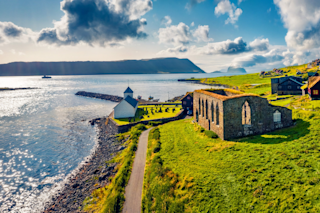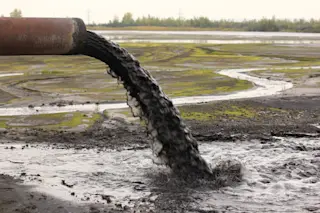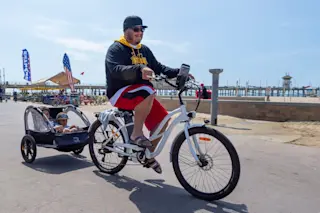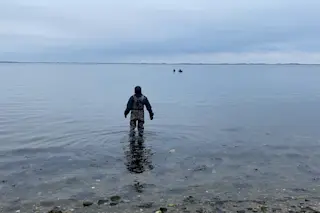For centuries, life on Hestur, a small Faroese island located halfway between Scotland and Iceland in the northeast Atlantic, was isolated: Streymoy, the biggest of the 18 islands that comprise the Faroe Islands, is almost ironically close, within eyeshot, but powerful currents in the fjord dividing the two islands long made travel between them difficult.
Today, a modern ferry connects Hestur and Streymoy, but across most of its history, Hestur’s inhabitants were left to care for themselves. They survived on sheep, birds, and, most importantly, fish — though fishing came with its own dangers. In 1919, 11 men — about a third of the island’s men who were fit to work — died when two boats disappeared in the fjord during a storm. For many of the survivors, the accident instilled a deep respect for the sea; even today, with only 15 residents remaining on the island, that sentiment lives ...















